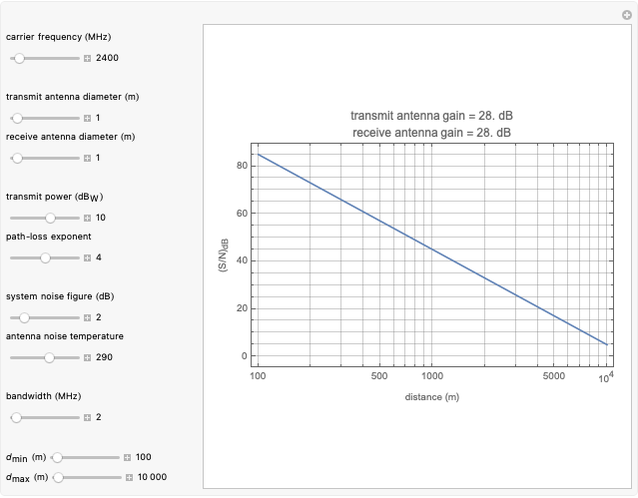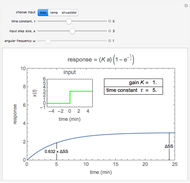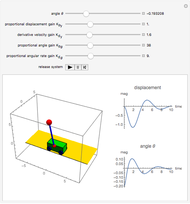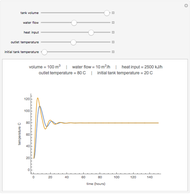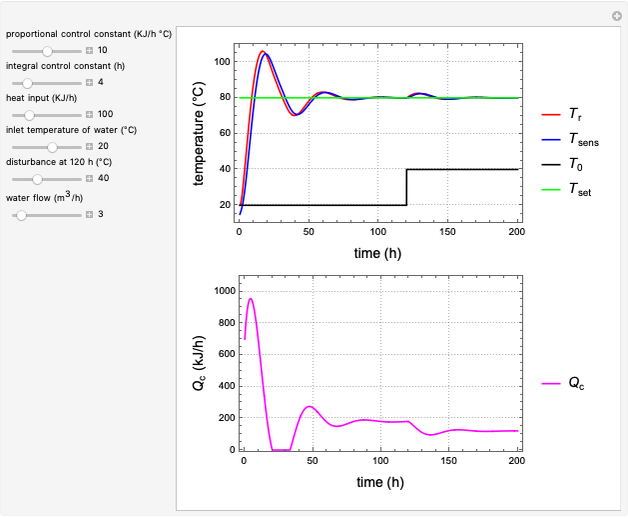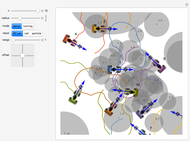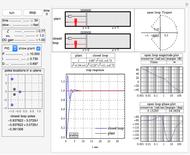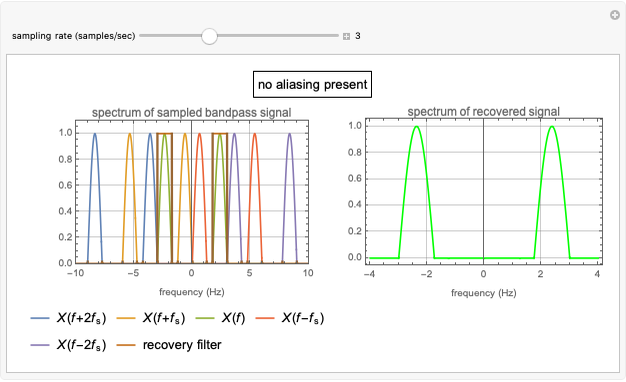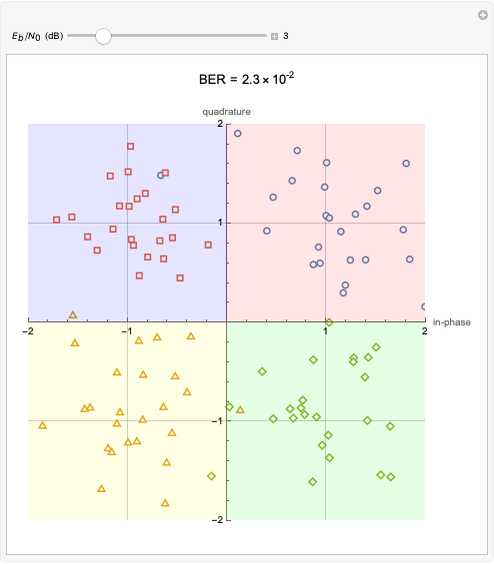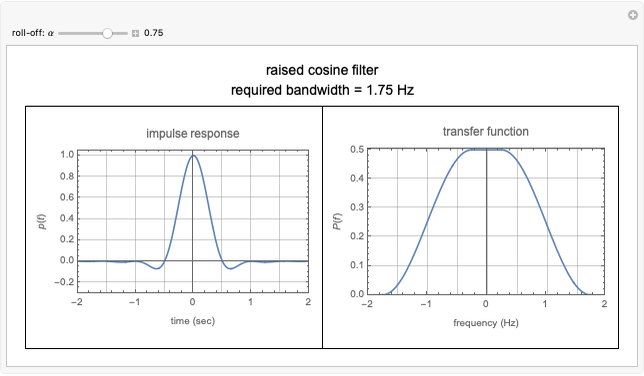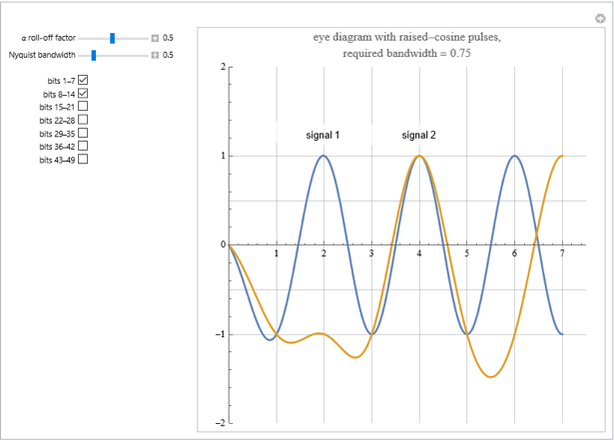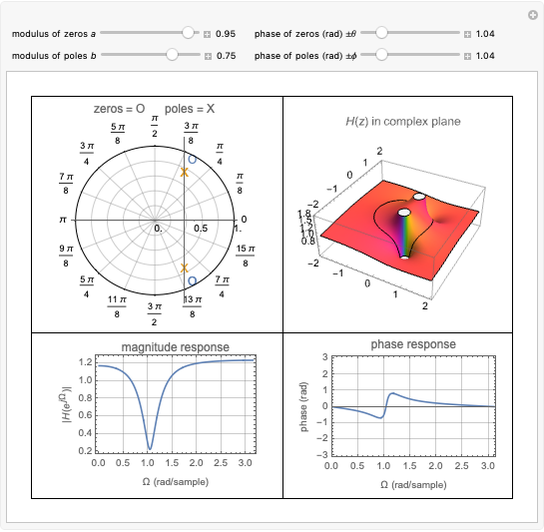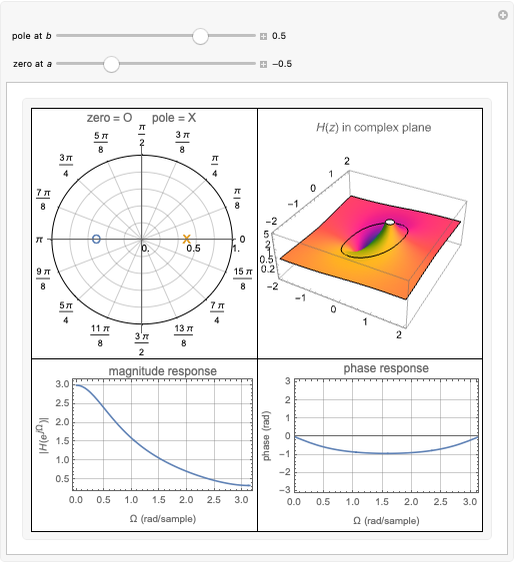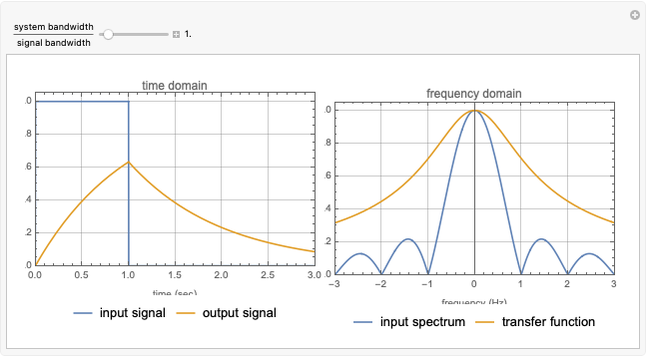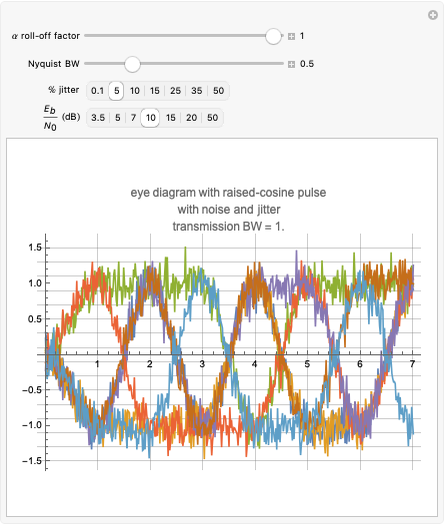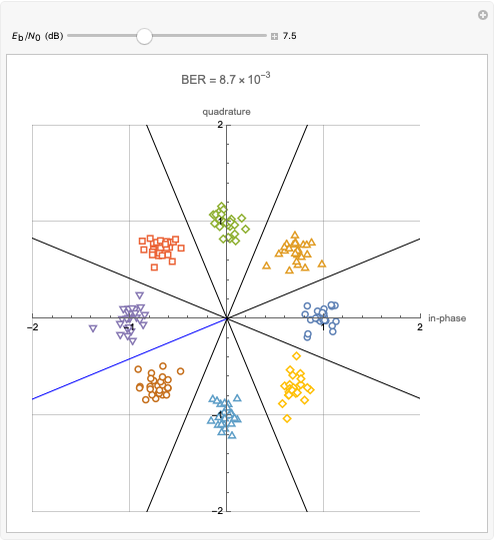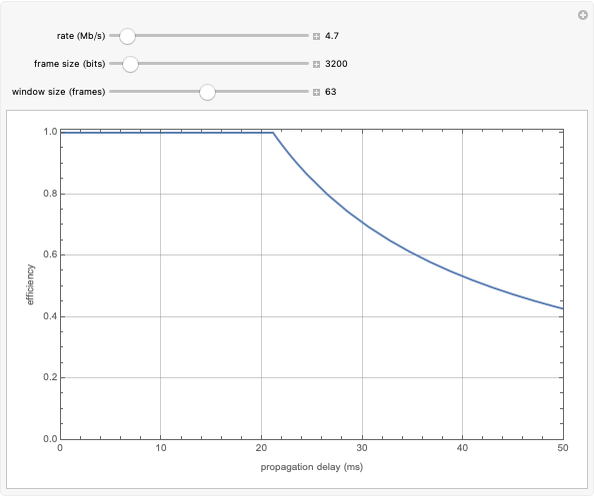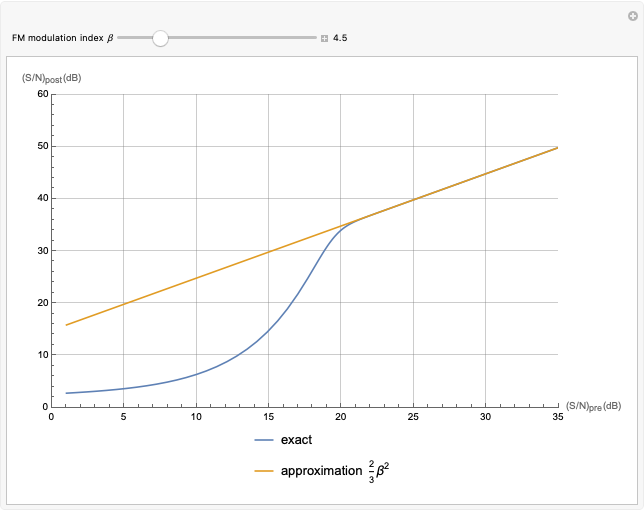Efficiency versus Delay for a Sliding-Window Data-Link Control Protocol

Requires a Wolfram Notebook System
Interact on desktop, mobile and cloud with the free Wolfram Player or other Wolfram Language products.
This Demonstration gives the efficiency of a sliding-window data-link control protocol as a function of the delay between a sender and a receiver. The link rate, frame (or packet) size and window size (in frames) are adjustable parameters. This link is assumed to be error free.
[more]
Contributed by: Victor S. Frost (August 25)
(University of Kansas)
Open content licensed under CC BY-NC-SA
Details
The following parameter definitions and relationships are used:
 is the link rate (b/s),
is the link rate (b/s),
 is the effective transmission rate in bits/sec =
is the effective transmission rate in bits/sec =  ,
,
 is the efficiency,
is the efficiency,
 is the one-way delay (sec),
is the one-way delay (sec),
 is the window size,
is the window size,
 is the frame size (bits).
is the frame size (bits).
If  , then
, then  (large-window case).
(large-window case).
If  , then
, then  (small-window case).
(small-window case).
References
[1] A. Leon-Garcia and I. Widjaja, Communication Networks: Fundamental Concepts and Key Architectures, 2nd ed., Boston: McGraw Hill, 2004.
[2] A. Tanenbaum and D. J. Wetherall, Computer Networks, 5th ed., Boston: Pearson Prentice Hall, 2011.
Snapshots
Permanent Citation






